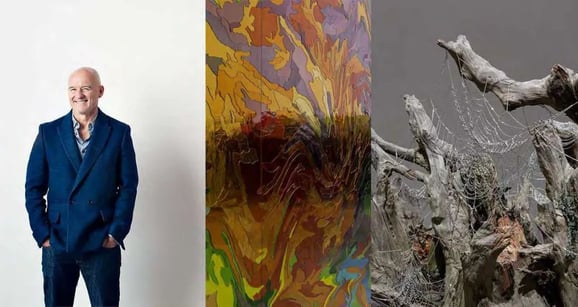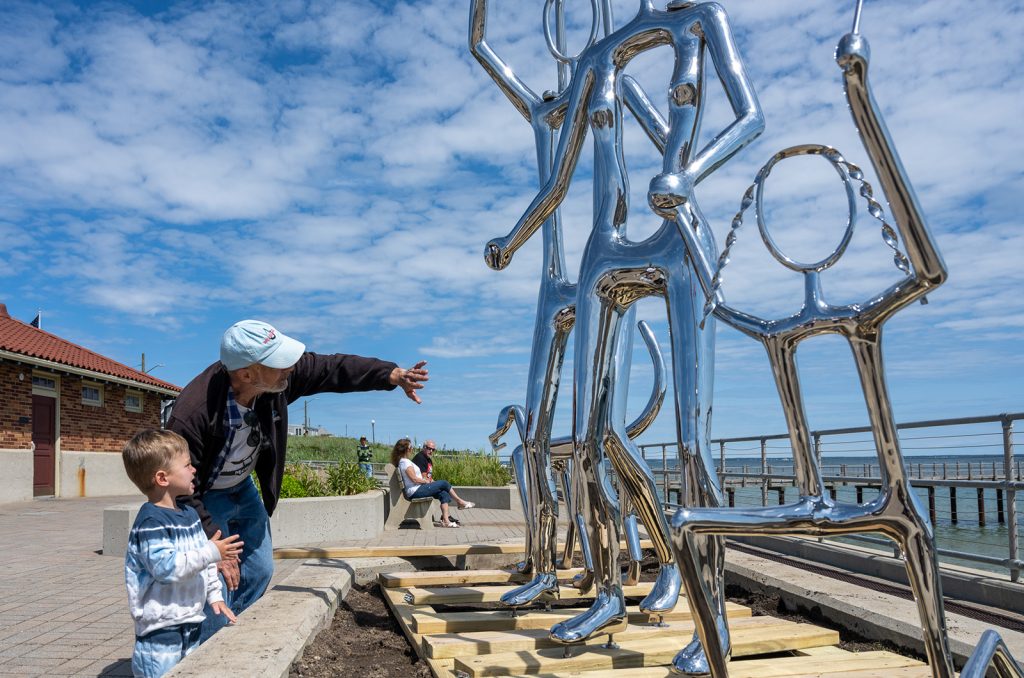The Passionate Partnership: Auguste and Maria Rodin’s Artistic Journey
The partnership between Auguste Rodin and Maria Rodin, though not widely known, significantly influenced the trajectory of art in the late 19th and early 20th centuries. Their love story serves as a fascinating backdrop to the celebrated works of one of the most important sculptors in history. Understanding their relationship offers insight into the personal and artistic challenges they faced together.
The Early Connections
Auguste Rodin, often regarded as the father of modern sculpture, began his journey in the world of art long before he met Maria. Born in 1840 in Paris, he displayed a knack for sculpture from an early age but found it challenging to gain recognition. Maria, born in 1844, entered his life in the 1860s. Initially, she was one of his models, but their connection blossomed into a deep romantic involvement. Maria became not only his muse, but also a vital collaborator, contributing to his artistic process. She provided him with emotional support, crucial for Rodin as he navigated the critics and struggles of his early career.
Artistic Collaboration and Influence
Maria Rodin, originally named Marie de Sarrat, played a significant role in shaping Auguste’s works, serving as inspiration for several pieces that encapsulated his profound explorations of the human experience. Their collaboration extended beyond mere modeling; she influenced his artistic style, particularly during his experimentation with form and texture. Her passion for the arts and understanding of Rodin’s vision allowed them to create remarkable pieces together, such as “The Kiss.” Their relationship exemplified a dynamic fusion of love and art, with Maria often pushing Rodin to transcend his creative boundaries.
The Legacy of Their Love
Though their relationship faced challenges, including societal scrutiny due to their unconventional partnership, it remains a testament to the power of love as a driving force in artistic expression. Maria’s influence on Rodin can still be felt today; her spirit lives on in his timeless sculptures, which explore themes of desire, beauty, and vulnerability. After Maria’s passing in 1917, Rodin continued to honor her memory through his work, entrenching her legacy within his artistic narrative. Their love story pushes the boundaries of artistic collaboration into realms more personal and profound, showcasing how human connections can inspire timeless creativity.
In conclusion, the artistic journey of Auguste and Maria Rodin is not just about remarkable sculptures and exhibitions; it’s also a tale of passion, partnership, and creation. Their story invites art enthusiasts and historians alike to explore the connections between personal relationships and artistic endeavors. If you’re intrigued by their journey, consider diving deeper into their works and the emotional landscapes they created together. Discovering more about their lives could inspire you in your own creative endeavors.


